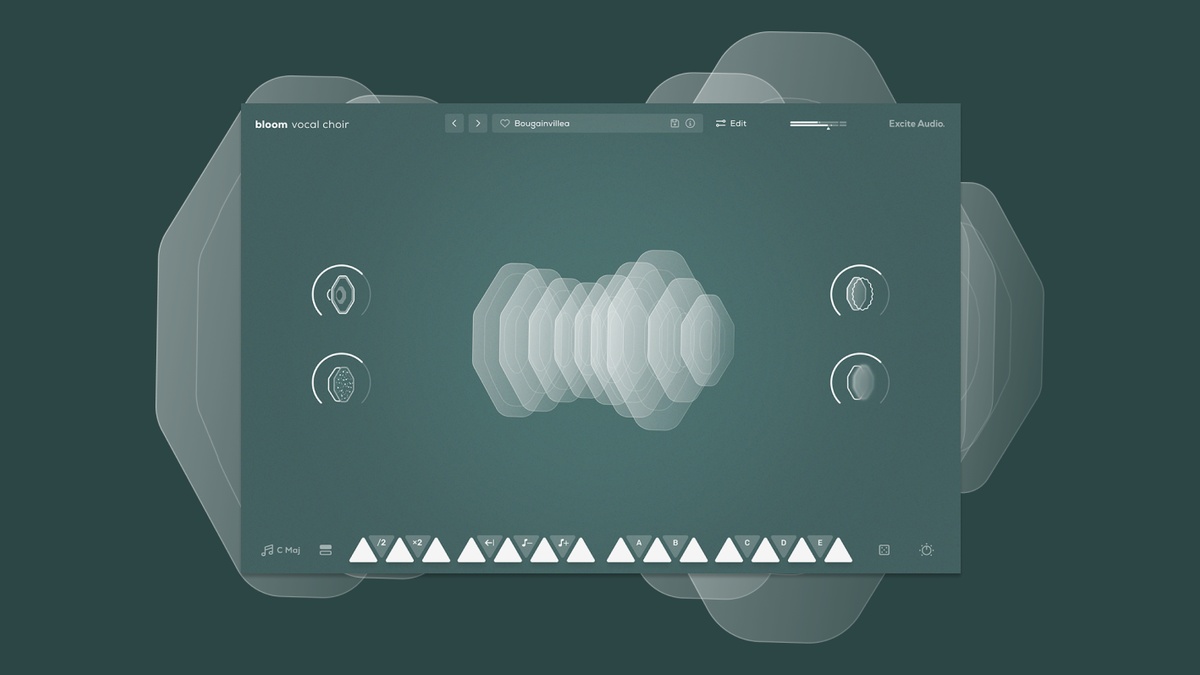How to Soundproof a Room With Acoustic Foam Panels
Do you have a room in your house where you can’t seem to get the noise levels down low enough? If so, acoustic foam panels are the perfect solution! Acoustic foam is made of porous material that absorbs sound waves. This makes it an ideal material for soundproofing a room. In this blog post, we …
The post How to Soundproof a Room With Acoustic Foam Panels appeared first on Beat Production.
https://beatproduction.net/
Do you have a room in your house where you can’t seem to get the noise levels down low enough? If so, acoustic foam panels are the perfect solution! Acoustic foam is made of porous material that absorbs sound waves. This makes it an ideal material for soundproofing a room. In this blog post, we will discuss the different types of acoustic foam panels and how to install them in your room. We will also provide tips on how to get the most out of your acoustic foam panels!
What are acoustic foam panels and how do they work?
Acoustic foam panels are a type of sound-absorbent material that is used to reduce echoing and reverberation in a room. They work by trapping sound waves and preventing them from reflecting off of the walls and floors of the room. This not only makes the room quieter but it also makes it more comfortable to speak in because it eliminates echoes and makes speech easier to understand.
Acoustic foam panels come in various shapes and sizes and can be mounted on the walls or ceilings of a room. They are usually made from either polyurethane or mineral wool and can be purchased at most hardware stores or home improvement centers.
What are the different types of acoustic foam panels?
Acoustic foam panels come in various shapes and sizes, but all serve the same purpose: to help control sound reflection and absorption to improve the sound quality in a room.
There are three main types of acoustic foam panels: absorptive, diffusive, and resonant. Absorptive panels are designed to absorb sound energy, diffusive panels are designed to scatter sound energy, and resonant panels are designed to amplify or reinforce sound waves.
Each panel type has unique properties and benefits, so it’s important to choose the right type of panel for your specific needs. For example, if you’re trying to reduce echoes and reflections in a large room, you’ll need absorptive panels that will absorb sound energy rather than diffusing or amplifying it.
How to determine which acoustic foam panels are best for your needs?
When looking for acoustic foam panels, it’s important to consider the specific needs of your space. Some factors to consider include the room’s dimensions, the type of noise that needs to be mitigated, and the aesthetic preferences of those who will be using the space.
There are various acoustic foam panel options on the market, so it’s important to research to find the best panels for your specific needs. Some considerations include overall sound absorption, frequency range absorption, and fire rating.
Once you’ve determined which features are most important, you can begin shopping around for panels that meet your requirements.
The benefits of soundproofing a room with acoustic foam panels
- Noise Reduction: One of the primary reasons people soundproof a room is to reduce noise levels. Acoustic foam panels are extremely effective at absorbing sound, which helps to reduce the amount of noise that travels through the walls, floor, and ceiling.
- Echo Control: Acoustic foam panels also help control room echoes. Echoes can be distracting and make it difficult to concentrate or hold a conversation. By absorbing sound, acoustic foam panels help eliminate or minimize room echoes.
- Thermal Insulation: acoustic foam panels also serve as an effective thermal insulation barrier. This means acoustic foam panels can help keep a room warm in the winter and cool during the summer months.
How to install acoustic foam panels and soundproof your room?
First, you’ll need to purchase some acoustic foam panels. You can find these at most music stores or online. The next step is measuring your room and deciding how many panels you need. Once you have that information, it’s time to start installing!
The easiest way to install the panels is to use a staple gun. Start by stapling the top of the panel to the ceiling, and then work your way down. Make sure that the foam is tightly fitted against the wall and that there are no gaps between the panel and the wall. If there are any gaps, you can use some insulation foam to fill them in.
Once all the panels are installed, it’s time to test your new acoustic barrier.
Tips for getting the most out of your acoustic foam panels
- Experiment with placement. The best placement for your acoustic foam panels will vary depending on your room’s layout and the size of the panels. Start by placing them in different locations and listening for the biggest improvement in sound quality.
- Use a variety of sizes and shapes. Not all acoustic foam panels are created equal. You’ll get the best results by using a variety of panel sizes and shapes to absorb sound waves from different directions.
- Keep them clean. Acoustic foam can accumulate a lot of dust and debris over time, which can reduce its effectiveness. Make sure to clean your panels regularly to get the best sound quality possible.
The post How to Soundproof a Room With Acoustic Foam Panels appeared first on Beat Production.
This is a syndicated post. To read more, click the source link above.



